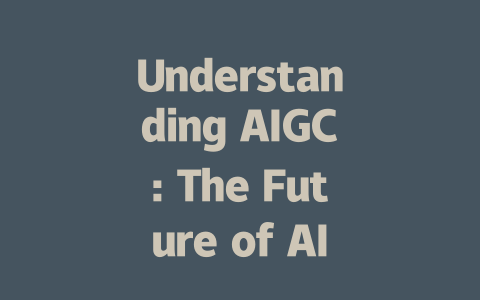
Artificial Intelligence (AI) has made significant strides in recent years, leading to the emergence of various technologies that enhance our daily lives. One such technological advancement is Artificial Intelligence Generated Content (AIGC). This article delves into AIGC, its implications, applications, and potential future impact on various industries.
What is AIGC?
AIGC refers to content that is generated through the application of artificial intelligence technologies. This content can include text, images, videos, and even audio. While AI has been used in various forms of content creation for some time, advancements in algorithms and machine learning techniques have enabled more sophisticated and high-quality outputs.
AIGC utilizes deep learning models, particularly those related to natural language processing (NLP) and computer vision. These models analyze vast amounts of data to learn patterns and generate new content that mimics human creativity.
How Does AIGC Work?
AIGC typically involves several critical processes:
Applications of AIGC
AIGC has a wide range of applications across various sectors:
Media and marketing industries utilize AIGC to create articles, blogs, and social media posts. By automating content generation, organizations can save time and resources while maintaining a steady flow of fresh content.
In the gaming industry, AIGC is employed to design interactive narratives and create dynamic environments. AI can generate dialogue, character actions, and even entire story arcs based on player interactions.
AIGC can revolutionize educational resources. For instance, AI can generate customized learning materials, quizzes, and tutoring sessions tailored to individual students’ needs, enhancing personalized learning experiences.
AIGC extends to the creative arts, where AI can generate unique artwork, music, or designs. Artists can leverage AI to explore new creative avenues, leading to innovative and novel forms of expression.
Challenges in AIGC
Despite its potential, AIGC faces several challenges:
While AIGC can produce impressive outputs, the quality is not always guaranteed. Ensuring the produced content meets the desired standards requires human oversight, which can negate some efficiency benefits.
The rise of AIGC also brings ethical considerations. Issues surrounding copyright, authorship, and misinformation must be addressed as AI-generated content becomes more prevalent.
As AIGC technology evolves, there are concerns about its impact on jobs in content creation. Although AIGC can aid human creators, it may also lead to job displacement in certain sectors.
The Future of AIGC
The future of AIGC is bright and filled with possibilities. As technology continues to develop, we can expect improvements in the quality and capabilities of AI-generated content. Collaborations between AI and human creators can lead to unprecedented advancements in various industries.
Moreover, ethical frameworks and guidelines will likely be developed to ensure responsible use of AIGC technologies. By navigating these challenges, society can harness the benefits of AIGC while mitigating potential downsides.
Conclusion
AIGC represents a transformative shift in how content is created and consumed. By harnessing the power of AI, businesses and individuals can innovate, enhance efficiency, and push the boundaries of creativity. As we look toward the future, understanding and embracing AIGC will be crucial in shaping a new era of content creation.

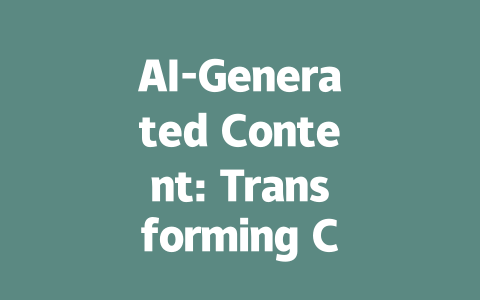





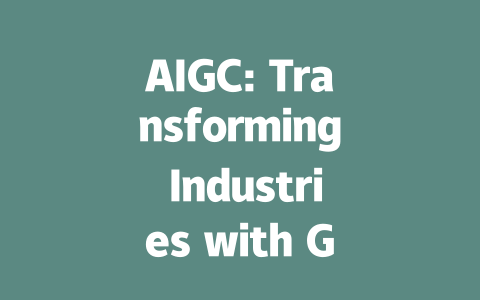

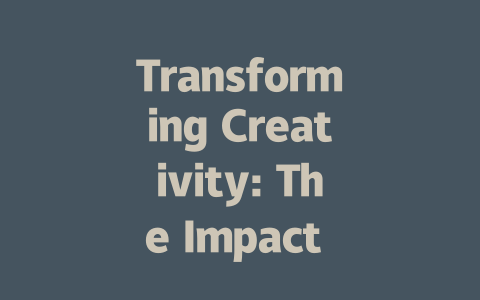
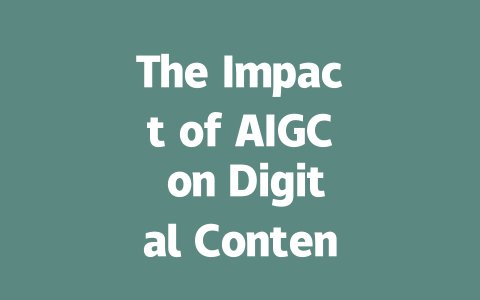
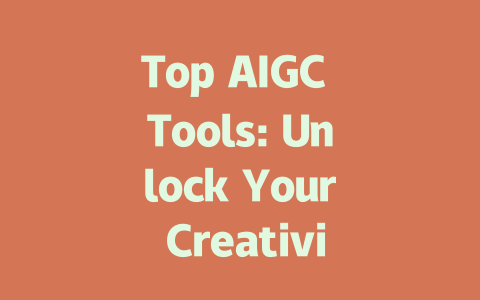

暂无评论内容